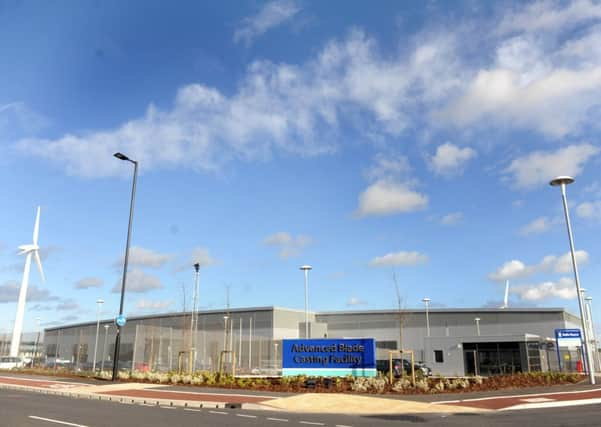Rolls-Royce’s £3bn hit after a ‘pause’ in profit growth


In a break from the decade-long profit growth that the British firm has enjoyed, the world’s second-largest aircraft engine maker behind US group General Electric, said the “pause” in revenue and profit growth would follow a strong performance in 2013. It expects a return to growth in 2015.
“We’ve defied gravity for a couple of years compared to many other companies and now we’re having the impact come together in one year,” said chief executive John Rishton of the forecasted decline in defence revenues.
Advertisement
Hide AdAdvertisement
Hide AdThe company expects a 15 to 20 per cent fall in revenue and profit from defence aerospace and a modest reduction in revenue but modest growth in profit from the Marine unit in 2014, it said.
He said he expected profitability across the company to be stronger in the second half of 2014, with growth to return in 2015 as the company ramps up production of aero engines.
US and European governments have been slashing defence spending in a bid to rein in ballooning budget deficits but the impact has been slow to hit some defence companies due to slow-decision making among lawmakers and the long-dated nature of defence equipment contracts.
Mr Rishton cited possible cuts by the United States on the size of its Lockheed Martin-built C-130 transport fleet, and the completion of delivery of two of its major export programmes – the Eurojet EJ200 engine to the Middle East and the Adour engine to India – as the reasons behind the expected decline.
Advertisement
Hide AdAdvertisement
Hide AdIn marine, the fall in revenues will be due to oil and gas customers choosing to defer investment decisions in 2014, he said. He declined to comment further on the company’s failed talks to buy Finnish ship and power plant engine maker Wartsila last year.
“In short, defence takes a sharp step back to where it was in 2010,” Jefferies analysts said. “We saw it coming to a degree, but were wrong-footed by Defence doing better than we expected between 2011 and 2013.”
Rolls-Royce has enjoyed strong profits and revenue growth over the last 11 years thanks to its civil aerospace unit, which generates about half of its sales. It has seen soaring demand for more fuel-efficient engines for planes made by Europe’s Airbus and US Boeing.
The company reported 2013 underlying pre-tax profit of £1.76bn, up from £1.43bn in 2012, and towards the upper end of analyst forecasts which were between £1.36bn and £1.89bn. Underlying revenue rose 27 per cent to £15.5bn.
Advertisement
Hide AdAdvertisement
Hide AdThe strong performance in part reflects the contribution for the first time of the joint acquisition of Tognum – a German diesel engine maker Rolls-Royce acquired with Daimler in 2011.
Rolls-Royce’s order book increased by 19 per cent to £71.6bn. The dividend was up by 13 per cent to 22p per share.
On costs, which Mr Rishton focused on last year after describing them as “unacceptable”, the company has made progress by cutting 11 per cent of indirect headcount in 2013, and has been moving production away from high-cost countries, he said.
He also said Rolls-Royce was helping the Serious Fraud Office “completely” with its probe into the firm’s dealings in Asia. Two men were arrested on Wednesday by the anti-fraud watchdog in connection with the investigation.
Advertisement
Hide AdAdvertisement
Hide AdA spokeswoman for Rolls-Royce said the group has finished construction work on its new advanced blade casting facility at the Advanced Manufacturing Park in Rotherham.
She added: “We are now installing specialist equipment with the first components scheduled to be manufactured later this year.
“We are continuing to recruit highly skilled operators and engineers and the 14,000 sq. m. facility will be capable of manufacturing around 100,000 blades per year when fully operational.”